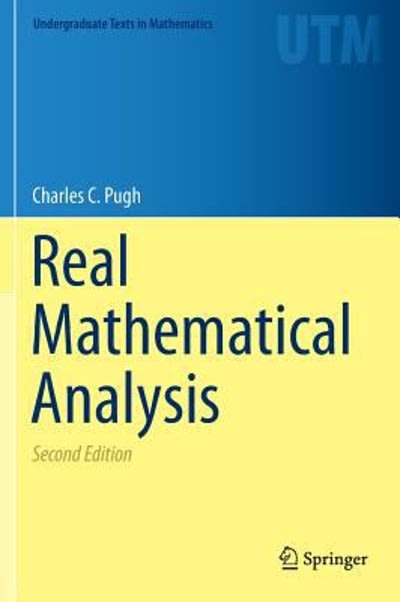Answered step by step
Verified Expert Solution
Question
1 Approved Answer
Does Practice Make Perfect? Training Performance 27 19 24 16 12 12 22 17 13 10 29 19 14 15 20 14 16 15 21
Does Practice Make Perfect?
Training | Performance |
27 | 19 |
24 | 16 |
12 | 12 |
22 | 17 |
13 | 10 |
29 | 19 |
14 | 15 |
20 | 14 |
16 | 15 |
21 | 21 |
22 | 14 |
25 | 22 |
23 | 22 |
18 | 15 |
20 | 14 |
15 | 15 |
13 | 16 |
20 | 15 |
Use the Data set PRACTICE, to answer the following questions. It is a sample of eighteen randomly selected factory line workers. Training time (in hours) and Performance time (minutes)
First, create 1) a scatterplot and 2) run a simple regression of PERFORMANCE = F(TRAINING)
A). Interpret the meaning of the intercept Bo and the slope B1 in this problem.
- B) Still interpreting B1, check if it is statistically significant
- i) what is its p-value
- ii) conduct a hypothesis test of the null hypothesis that B1 = 0 What is the T-statistic? Do we reject or fail to reject the null hypothesis at the 0.05 error level?
- What is the 95% confidence interval of B1? Does this include 0? What does it mean?
- Does the regression line look like it fits the data well?
- What percent of the variation in PERFORMANCE can be explained by TRAINING?
- If someone has 20 hours of training, what do we predict their performance time will be?
Step by Step Solution
There are 3 Steps involved in it
Step: 1

Get Instant Access to Expert-Tailored Solutions
See step-by-step solutions with expert insights and AI powered tools for academic success
Step: 2

Step: 3

Ace Your Homework with AI
Get the answers you need in no time with our AI-driven, step-by-step assistance
Get Started


